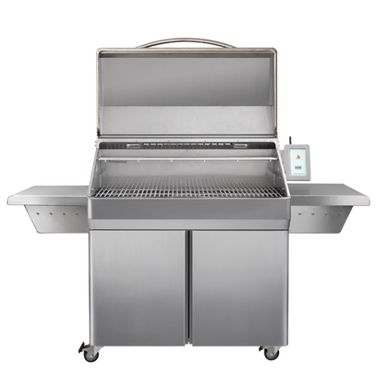
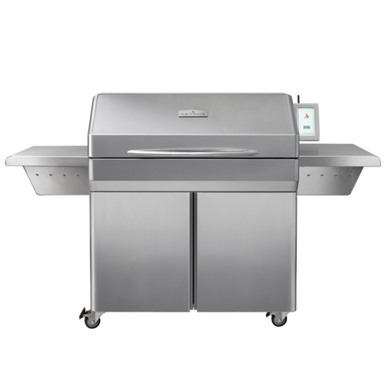 Sold out
Sold out
Memphis Grills Elite Pellet Grill ITC3 Cart | VG0002S Memphis Elite ITC3 Cart, the perfect fusion of innovation and elegance for your outdoor kitch...
View full details
 Sold out
Sold out
Memphis Grills Elite Pellet Grill ITC3 Cart | VG0002S Memphis Elite ITC3 Cart, the perfect fusion of innovation and elegance for your outdoor kitch...
View full details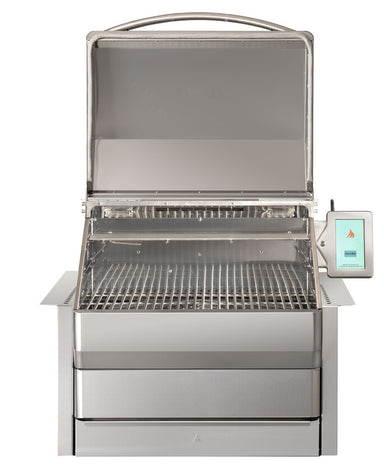
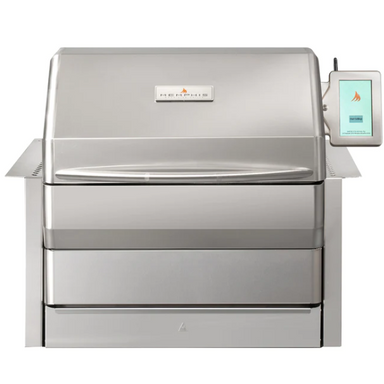 Sold out
Sold out
Memphis Grills Pro Built In Pellet Grill With ITC3 Wifi The Memphis Pro Wood Fire Pellet Grill is the absolute top of the line when it comes to ...
View full details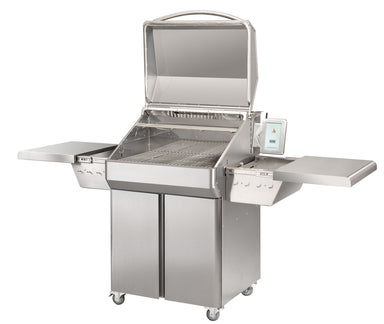
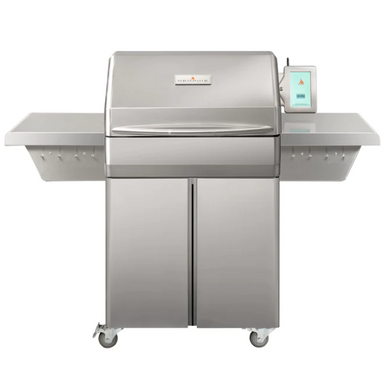 Sold out
Sold out
Memphis Grills Pro ITC3 Cart Pellet Grill | Turn Up The Heat Elevate your grilling game with the legendary Memphis Pro Cart ITC3 Pellet Grill. De...
View full details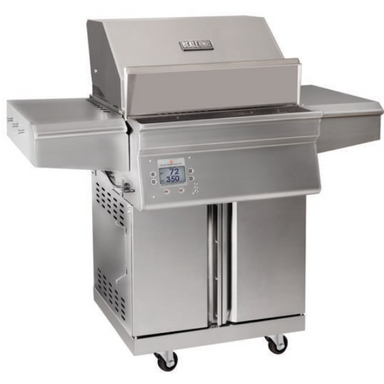
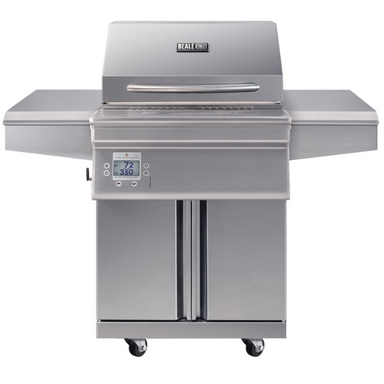 Sold out
Sold out
Memphis Grills Beale Steet Freestanding Pellet Grill | BGSS26 The new Memphis Grills Beale Street, a perfect embodiment of quality and versatilit...
View full details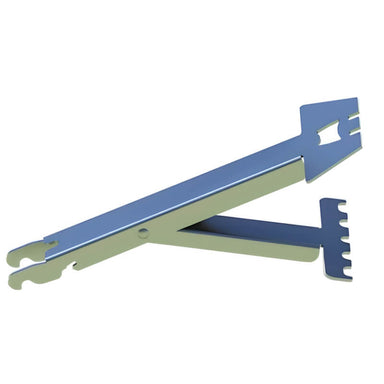
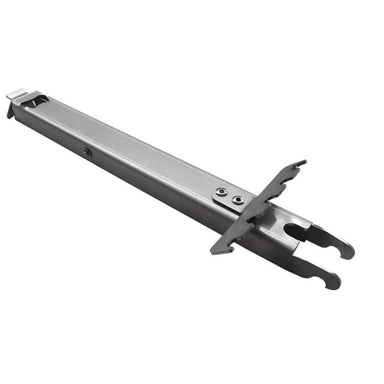 Sold out
Sold out
Memphis Grills Genie 6-in-1 Multi-Tool Key Features: Versatile Use: Designed to assist in removing and cleaning grill grates with ease. Handy Desi...
View full details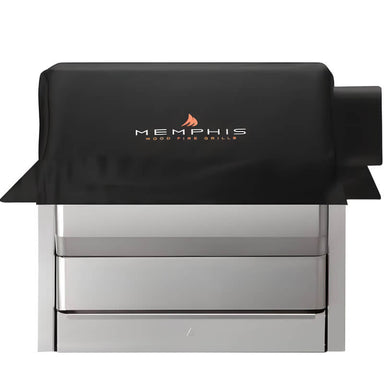 Sold out
Sold out
Memphis Grills Pro ITC3 Built-In Premium Grill Cover Key Features: Secured Fit: The grill cover is equipped with concealed Velcro straps and snap...
View full details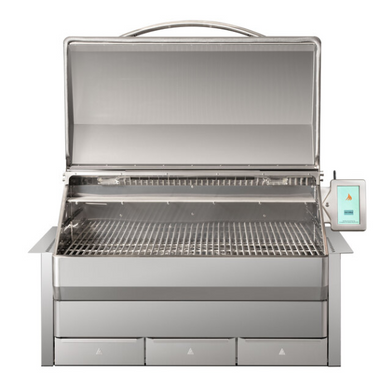
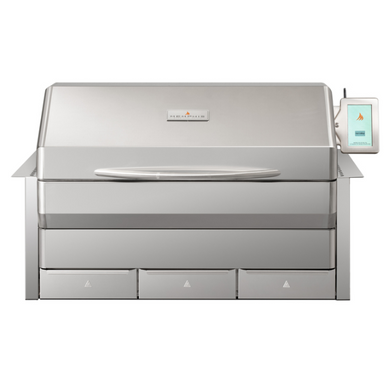 Sold out
Sold out
Memphis Grills Elite ITC3 Built In Pellet Grill | VGB0002S Introducing the Memphis Elite Built-In ITC3 Pellet Grill, a state-of-the-art cooking ma...
View full details
 Sold out
Sold out
Beale Street Built-In Premium Grill Cover Key Features: Enhanced Security: The cover features concealed Velcro straps and snap-on hooks that provi...
View full details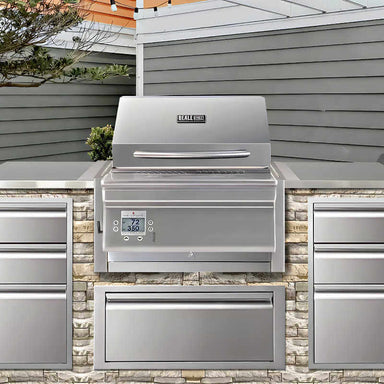
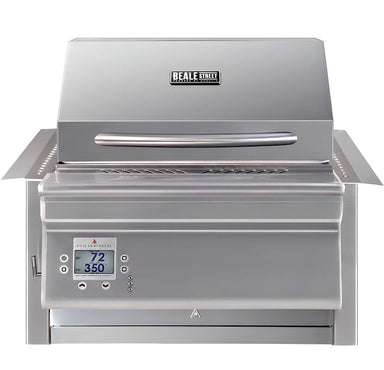 Sold out
Sold out
Memphis Grills Beale Street Built-In Pellet Grill - BGBS26 Elevate your outdoor cooking game with the Memphis Grills Beale Street Built-In Pellet G...
View full detailsAmazing food starts with amazing grilling equipment. Contact us today to speak with one of our Pellet Grill Pros and start builing your dream barbeque set up today!

Fantastic service and I LOVE my new Memphis! Thanks Pellet Grill Pros!

Thank you for the recommendation to the GMG Davey Crockett! It comes with me camping every weekend! :)

We love entertaining on our new grill. Thank you!!